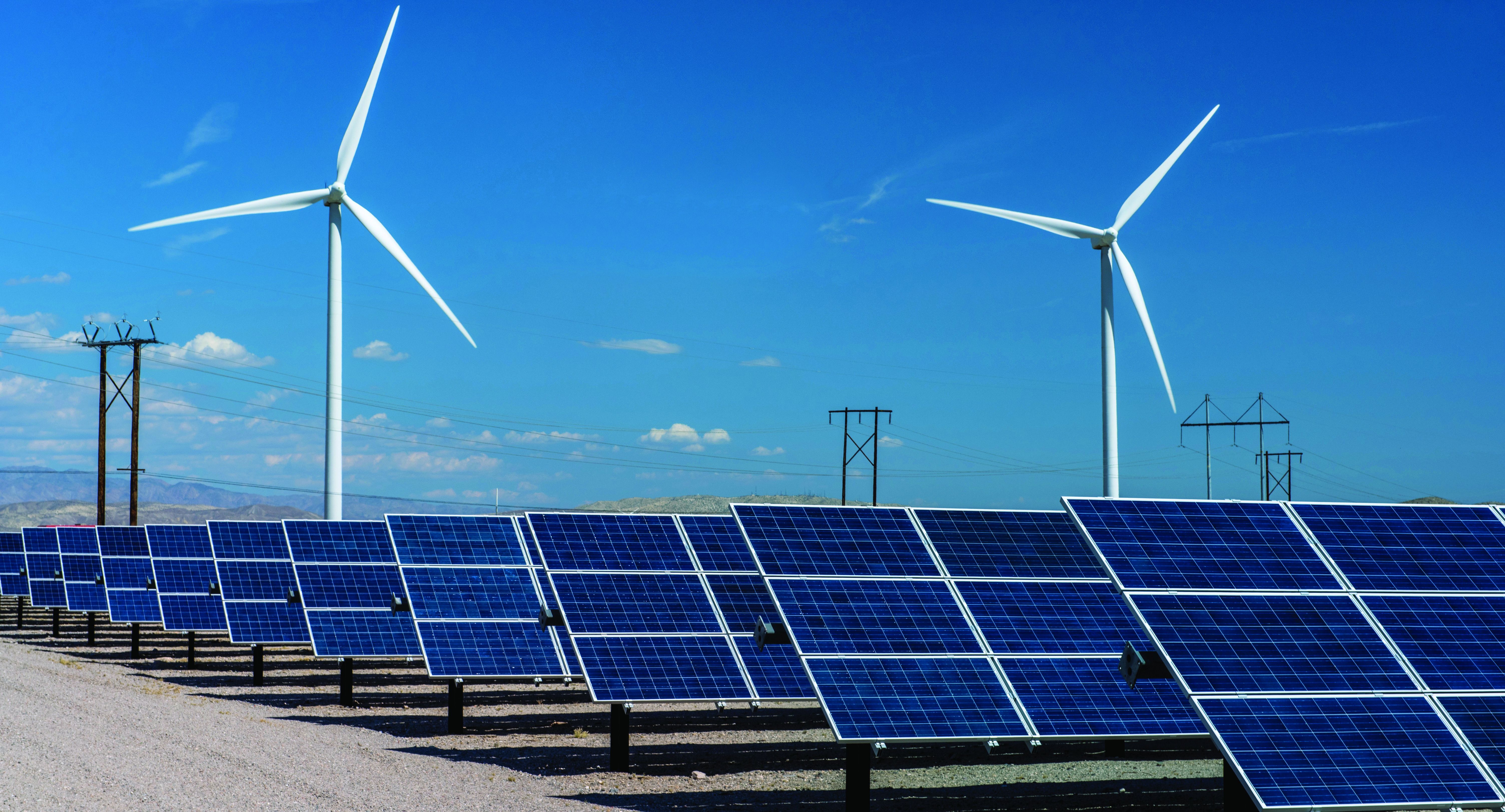Key Takeaways
- SMRs are small, modular, cheap, and quick to build—perfect for powering data centers.
- Microsoft’s new hires signal a commitment to a global SMR strategy for the company.
- The Microsoft, Google, and Nucor partnership aims to accelerate SMR industry development and reduce costs.
The idea of SMR (Small Modular Reactors) has been around for a long time, but only recently did the need for this amount of power for a smaller area create increased demand. An AI search takes up to ten times more power than a traditional search engine. Alphabet (Google), Apple, Meta, and Microsoft all have promised to reduce emissions to net-zero by 2030, and now we have a better idea of how they plan to do it.
Can SMRs Power AI?
A small modular reactor is a scaled-down and redesigned version of a traditional nuclear power plant. The core of an SMR is around 1/20th the size of a regular reactor. SMRs are significantly cheaper, and not just because they’re smaller. Most components for full-size nuclear power plants need to be built on-site, but SMRs are modular. This means production can easily scale up once manufacturing is established, and it also reduces construction time from 10 years for a full-size plant to two years for an SMR. One of the downsides of SMRs is they do not produce power for a large land area, nor are they ready to power your home, but they would be perfect for large data centers or server farms that power AI.
Microsoft’s New Hires
Microsoft has hired Dr. Erin Henderson as Director of Nuclear Development Acceleration, and Todd Noe as Director of Nuclear & Energy Innovations. They are to implement and accelerate a global SMR and micro-reactor energy strategy for the company. Both were most recently employed by the Tennessee Valley Authority, a federally-owned electric utility that operates in seven states. These new hires know a lot about power and signal that Microsoft is committed to the project. However, they have a big task ahead of them.
Microsoft Partnerships
Mutual interest can make for some unlikely partnerships. Microsoft, Google, and Nucor (American Steel) have agreed in principle to share discoveries, business models, and information that will help accelerate the development of this new SMR industry. They have also agreed to pool their demand for materials, which may result in reduced costs in the long run.
Nucor also has a partnership with NuScale which owns the only SMR design currently certified by the U.S. Nuclear Regulatory Commission. It’s unclear how much Nucor will be able to share with Microsoft about the design. However, there are plans for NuScale to build its first SMR manufacturing plant next to Nucor’s scrap-based electric arc furnace where it will directly receive materials.
The United States Department of Energy has supported NuScale’s planned deployment of SMR technology in Rwanda and Ghana. Remote villages need a low-cost energy solution, and because most households in that area have low energy needs, the hope is that one SMR could support an entire village.
The Future of Power
While SMRs are considered clean energy with zero carbon emissions, they are not renewable energy like wind or solar power. Renewable energy is significantly cheaper than SMRs and safer. However, an SMR takes up less space than a wind or solar farm and may last up to twice as long. Renewable power sources can’t provide baseload either without some form of energy storage, so it can pair well with an SMR. SMRs also promise to be much safer than a full-size nuclear plant.
In a traditional nuclear plant, processes take place in different locations of the plant. In an SMR, processes occur inside a single large boiler tank. This is safer both because everything is contained, and there are fewer materials experiencing wear to cause a breakdown. I think it’s likely that Big Tech will use a combination of nuclear and renewable energy sources to power AI. If so, it will be another way that AI has changed the world for the better.






